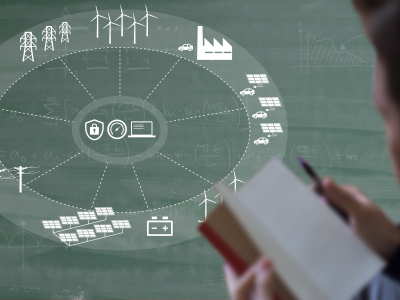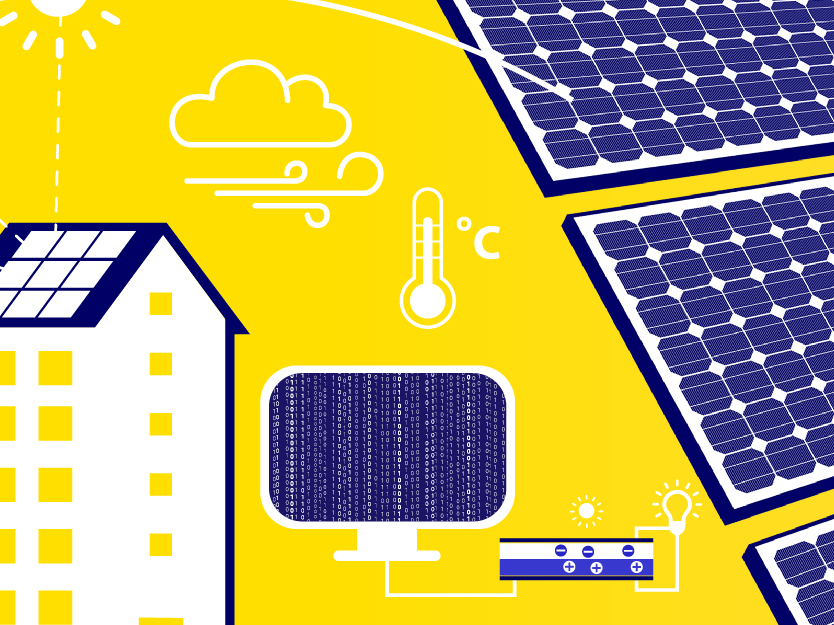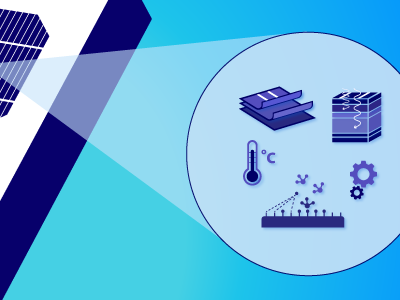Overview
Learn to build a model of a smart power grid, and to diagnose the effects of disturbances from variable renewable energy resources and intelligent demand on the grid.
The smart grid of the future is a complex electrical power system. Its study, design, and management requires the integration of knowledge from various disciplines including sustainability, technology and mathematics.
Smart grids show a level of complexity and heterogeneity that often cannot be covered by analytical methods. Therefore, modeling and simulation are of great importance.
This course follows on from the first course where the key definitions, concepts and challenges in a smart grid are introduced. In this second course, you will apply modeling tools to study and analyze the performance of your self-designed intelligent electrical power grid. By modeling smart grids, you will explore the integration of renewable energy sources into a grid, its dynamics, control and cyber security.
What you'll learn
- Identify the impact of variable renewable energy sources (VRES) and smart energy demand on electrical power grids,
- Identify different tools and approaches to design a smart grid,
- Apply optimal power flow (OPF) solutions to evaluate the performance of an electrical power system with integrated renewable energy sources,
- Analyze intelligent electrical power system dynamics (frequency stability) to achieve active power balance, and
- Identify control-room technologies for system-wide remote monitoring, protection and risk management of smart grid cyber security.
- Simulate a 9-bus grid, with and without variable renewable resources,
- Analyze the impact of "intelligent" but common grid disturbances on an electrical power system, and
- Mitigate the possible negative impacts of grid disturbances on power systems through the use of controllers.
Details
License
Unless otherwise specified, the Course Materials of this course are Copyright Delft University of Technology and are licensed under a Creative Commons Attribution-NonCommercial-ShareAlike 4.0 International License.
Qualifications
Chartered Engineering Competences
All our online courses and programs have been matched to the competences determined by KIVI’s Competence Structure, a common frame of reference for everyone, across all disciplines, levels and roles.
These competences apply to this course:
- A1: Extend your theoretical knowledge of new and advancing technologies.
- B4: Exercise sound judgement when stakes are conflicting or knowledge is incomplete.
- E3: Undertake engineering activities in a way that contributes to sustainable development and a circular economy.
Admission
This is a Massive Open Online Course (MOOC) that runs on edX.
Prerequisites
Basic linear algebra, basic electrical circuit theory.



